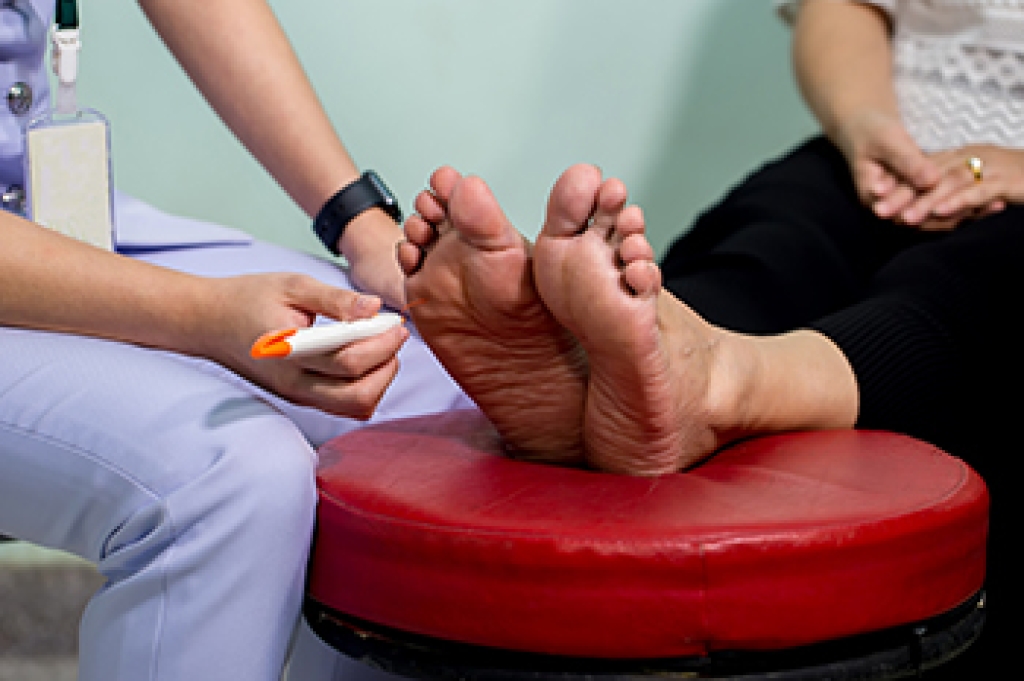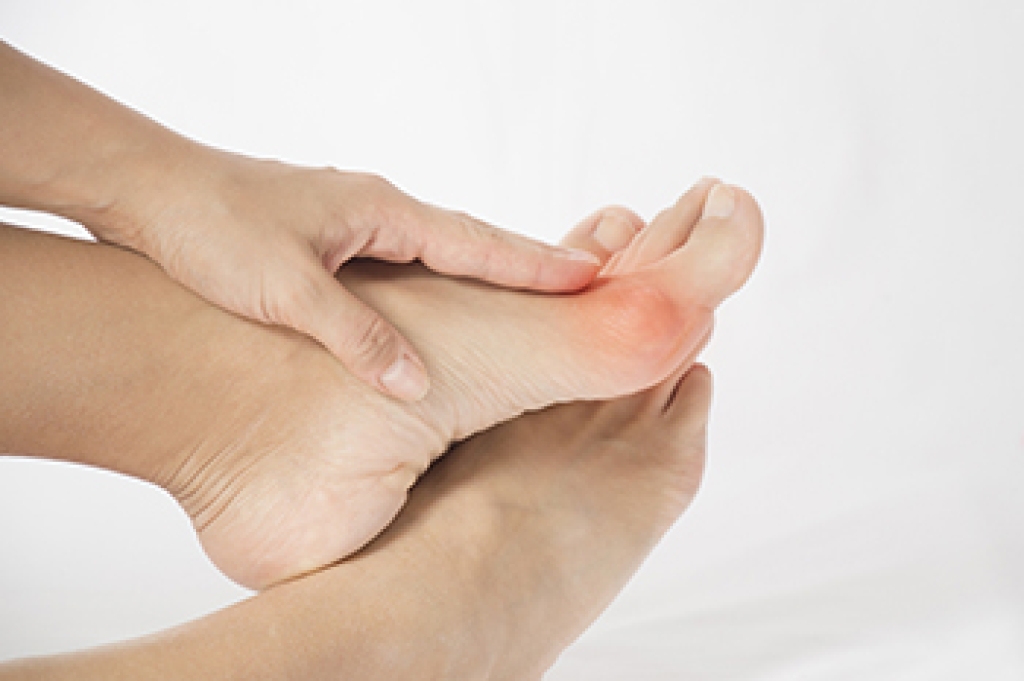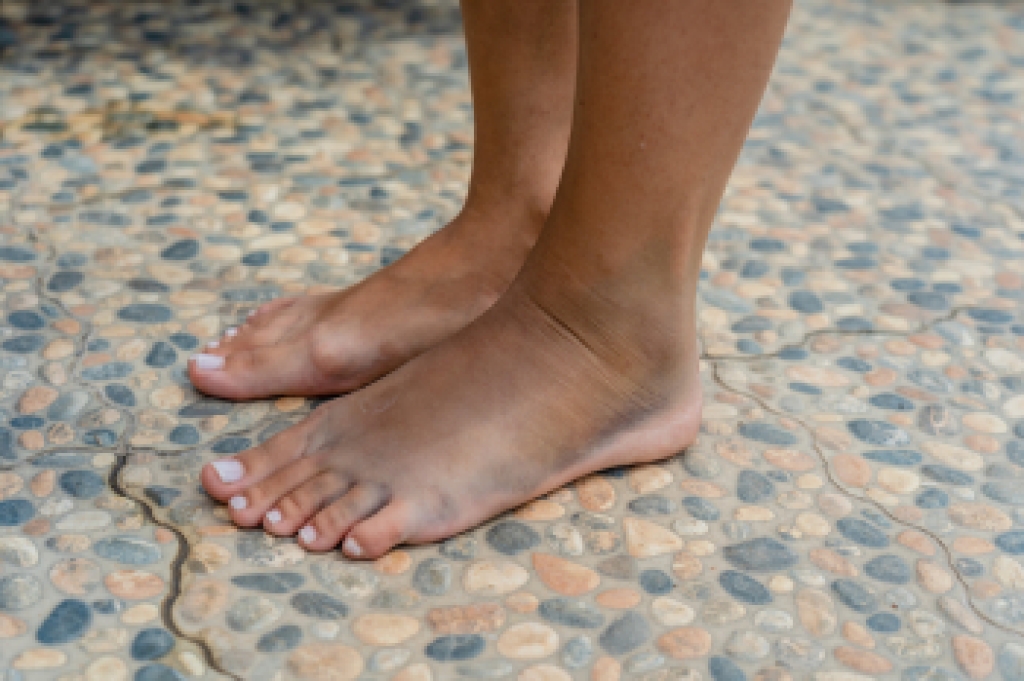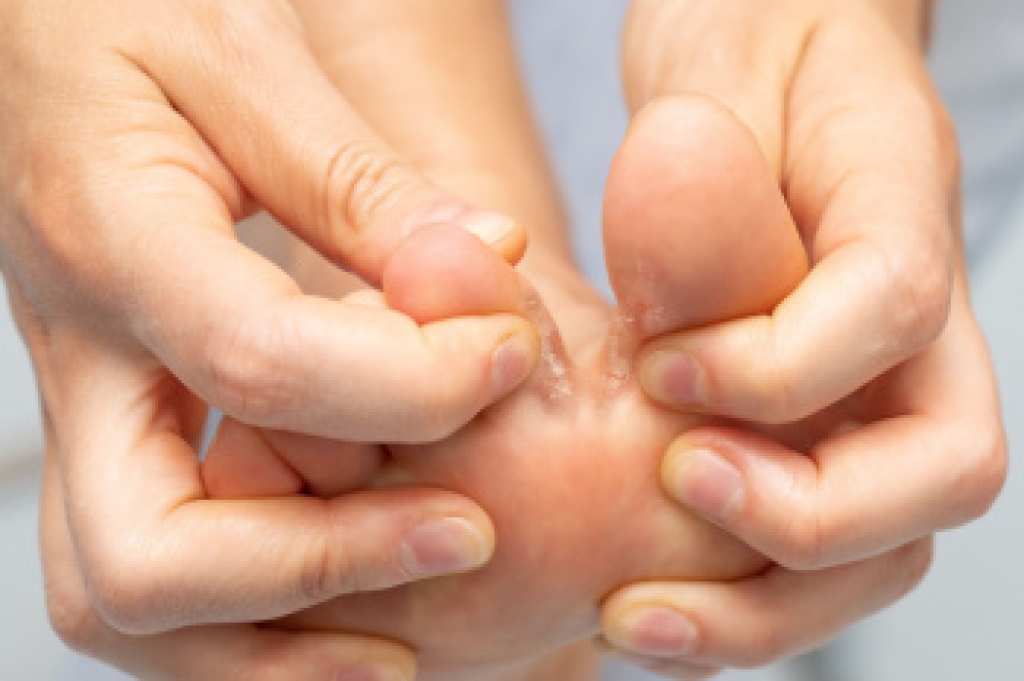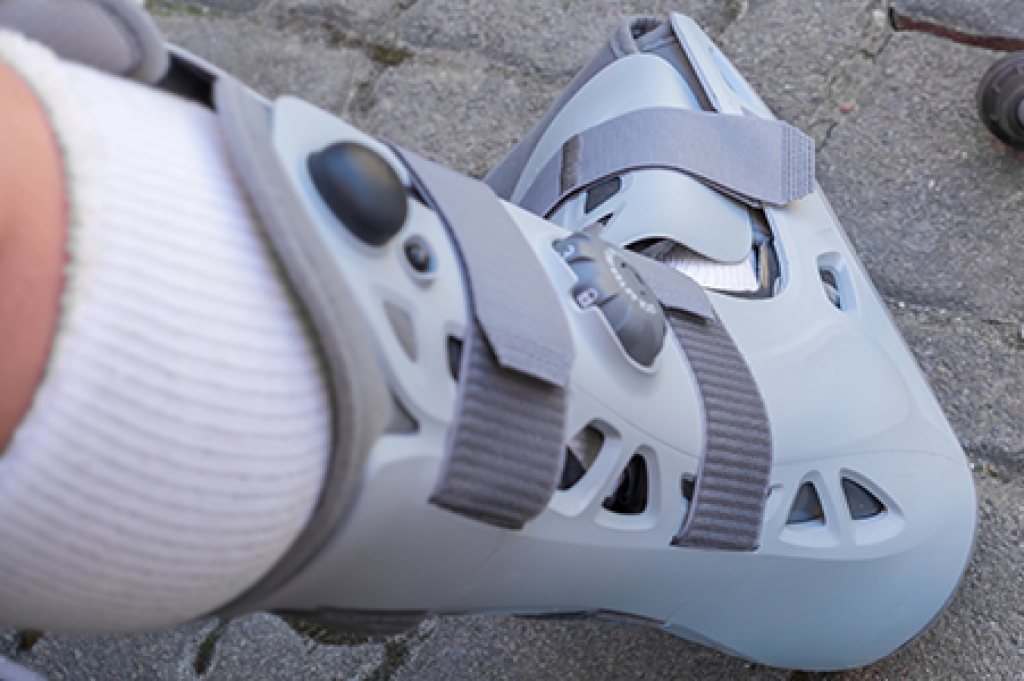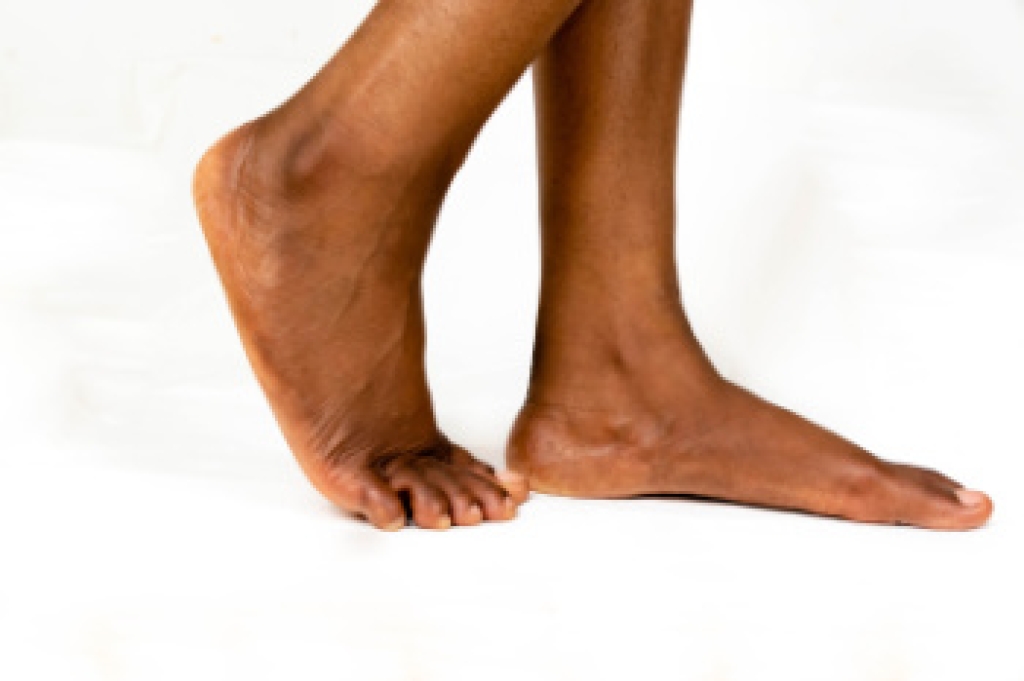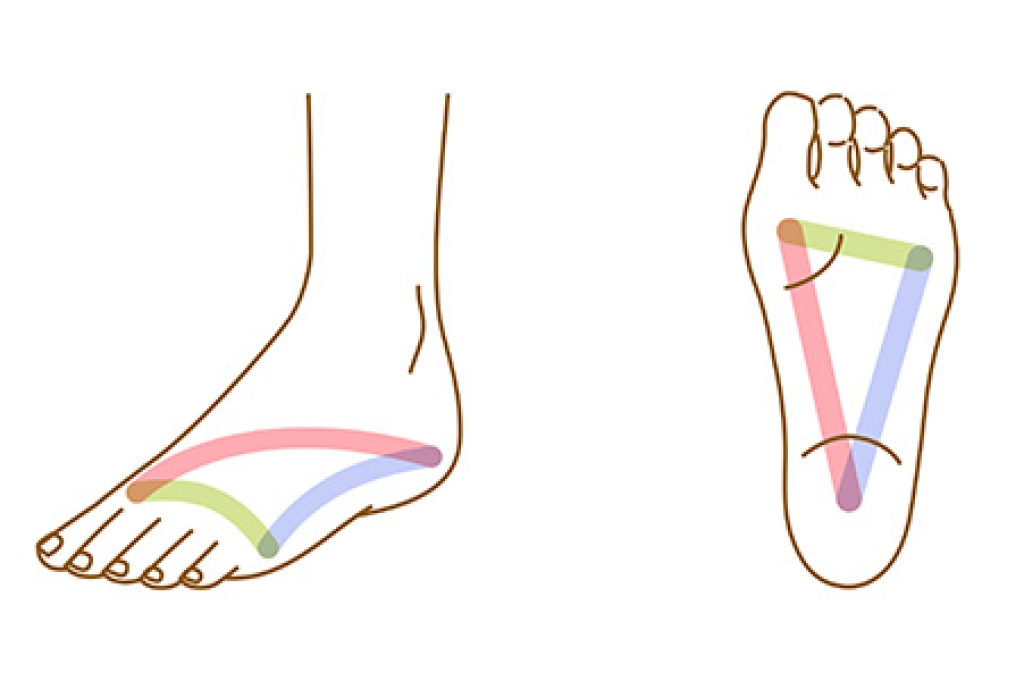
Foot arches play a vital role in balance, movement, and shock absorption. There are three main types, which are high arches, or pes cavus, flat feet, also called pes planus, and normal arches. Each type affects how the foot functions and bears weight. Weak or imbalanced arches can lead to discomfort or injury. Arch strengthening exercises such as arch lifts, heel raises, and towel pickups can help improve stability and support. A podiatrist can assess your arch type, recommend custom orthotics, and guide you through exercises tailored to your needs. If you experience foot fatigue, imbalance, or pain, it is suggested that you seek professional help from a podiatrist who can guide you on a custom plan to strengthen your arches and promote long-term foot health and comfort.
Exercising your feet regularly with the proper foot wear is a great way to prevent injuries and build strength. If you have any concerns about your feet, contact one of our podiatrists from DeCaro Total Foot Care Center. Our doctors can provide the care you need to keep you pain-free and on your feet.
Exercise for Your Feet
Exercise for your feet can help you gain strength, mobility and flexibility in your feet. They say that strengthening your feet can be just as rewarding as strengthening another part of the body. Your feet are very important, and we often forget about them in our daily tasks. But it is because of our feet that are we able to get going and do what we need to. For those of us fortunate enough to not have any foot problems, it is an important gesture to take care of them to ensure good health in the long run.
Some foot health exercises can include ankle pumps, tip-toeing, toe rises, lifting off the floor doing reps and sets, and flexing the toes. It is best to speak with Our doctors to determine an appropriate regimen for your needs. Everyone’s needs and bodies are different, and the activities required to maintain strength in the feet vary from individual to individual.
Once you get into a routine of doing regular exercise, you may notice a difference in your feet and how strong they may become.
If you have any questions, please feel free to contact our office located in West Hatfield, MA . We offer the newest diagnostic and treatment technologies for all your foot care needs.

